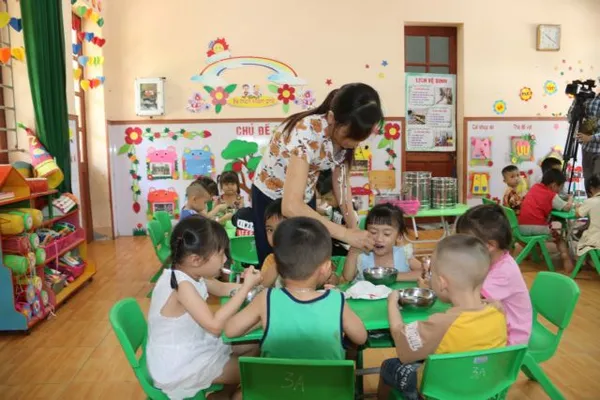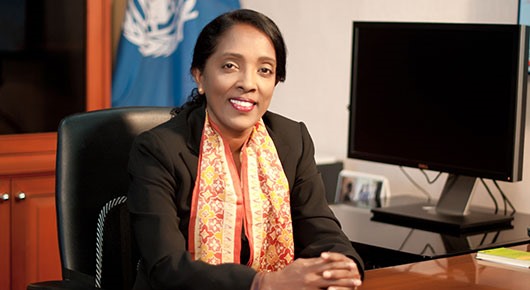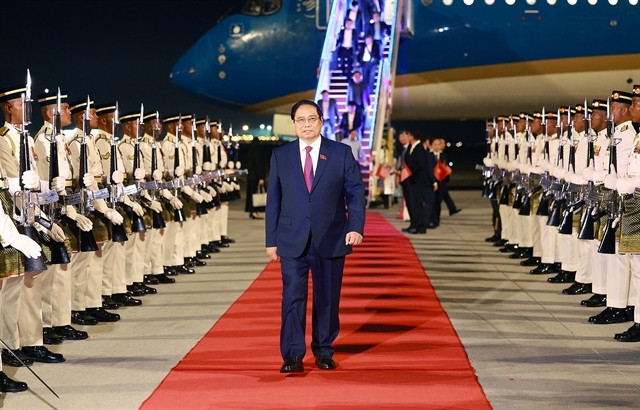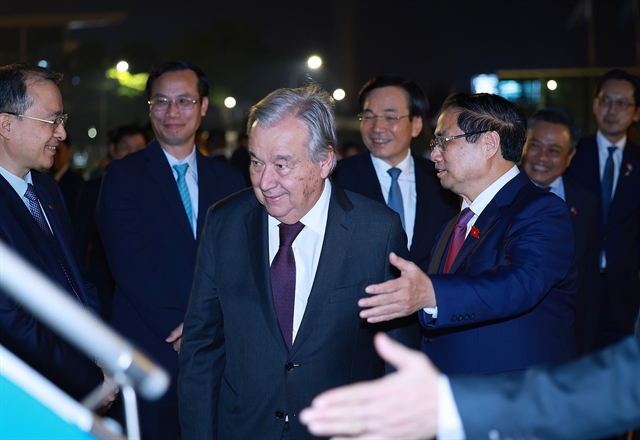 Op-Ed
Op-Ed

It was around this time last year that the world’s leaders came together and committed to end hunger by 2030. The Sustainable Development Goal to achieve Zero Hunger (SDG2) is an ambitious target, especially for the countries in our Asia-Pacific region including Viet Nam. After all, nearly two-thirds of the world’s undernourished – 490 million people – live among us in what is the biggest and most dynamic yet extremely inequitable region on the planet.
 |
| Kundhavi Kadiresan |
By Kundhavi Kadiresan*
It was around this time last year that the world’s leaders came together and committed to end hunger by 2030.
The Sustainable Development Goal to achieve Zero Hunger (SDG2) is an ambitious target, especially for the countries in our Asia-Pacific region, including Việt Nam. After all, nearly two-thirds of the world’s undernourished – 490 million people – live among us in what is the biggest and most dynamic yet extremely inequitable region on the planet.
While the Asia-Pacific region as a whole has managed to reduce hunger by half since 1990, most of those gains were made early on in that quarter century. In more recent years, the pace of reducing hunger has slowed. So too has public investment in agriculture – bad news when we are trying to lift nearly half a billion people out of hunger within the next 14 years.
While we must eliminate hunger we must also strive towards building a society that is healthy and well nourished. And we need to get to work on this right now because 30 per cent of children below five years of age in this region are stunted due to inadequate nutrients in their diet.
While both a shocking and unacceptable situation, this also represents a lamentable human loss, given the association between stunting and poorer cognitive performance in schools that leads to significant economic consequences – both for the individual and for society as a whole.
On the other extreme, we are seeing more and more obesity. Many countries in our region, particularly those whose economies have expanded in recent years, are also discovering that the waistlines of their populations are expanding.
While this may sound counter-intuitive, the paradox of hunger alongside obesity is very real, bringing with it added costs in healthcare due to an increase in diabetes and other non-communicable diseases.
This week, the UN’s Food and Agriculture Organization (FAO) released its first post-MDG analysis on hunger and malnutrition in Asia and the Pacific. The Regional Overview of Food Insecurity concludes that many of our countries need to pay more attention to agriculture sector growth.
If the goal of achieving a zero hunger generation in Asia and the Pacific by 2030 is to become a reality, we will need to see more investment in agricultural science and technology, greater support for diverse food systems, increasing public investment in quality health care and improvements to education on better nutrition and sanitation.
In order to do all this we need to put our money where our mouths are if we are going to find innovative ways to produce both the quantity and quality of nutritious foods needed to make sure that everyone can lead a healthy and productive life by 2030. That’s in everyone’s best interest and that’s why we need to invest in a zero hunger generation now.
With 12 per cent of the region’s population still undernourished, that clock is ticking.
The good news is that most governments in Asia and the Pacific are aware of these issues and are taking steps in the right direction.
There is a clear recognition that strengthening agriculture and food systems in a manner that brings more affordable, healthier and diverse food options within everyone’s reach is the way forward.
The FAO report also acknowledges the rapid growth in production and consumption of milk and dairy products in this region and highlights its potentially important contribution to improved nutrition.
It concludes that the promotion of milk consumption and small-scale dairying can improve both nutrition and rural livelihoods. However, the sector needs clearer policy and institutional support for smallholder dairying to be competitive in the marketplace, for improving the safety and quality of milk, and for managing the expansion of dairy farming in a way that negative impacts on the environment and public health can be minimised.
Indeed, diets in the Asia-Pacific region are undergoing rapid transition. Per capita rice consumption has declined and consumption of livestock products, fish, fruits and vegetables has grown rapidly.
This trend requires that foods other than rice receive more investments in agricultural research and heightened policy attention.
So the dining table of 2030 may appear somewhat different than it does today.
That could be a good thing if we get to work on the serious challenges ahead – and to ensure everyone has a seat at that table and that their meals are nutritious and adequate for the human race to thrive in the centuries to come.
Then, and only then, we will have truly invested in the zero hunger generation. — VNS
* Kundhavi Kadiresan is the Assistant Director-General and Regional Representative for Asia and the Pacific of the Food and Agriculture Organization of the United Nations.




